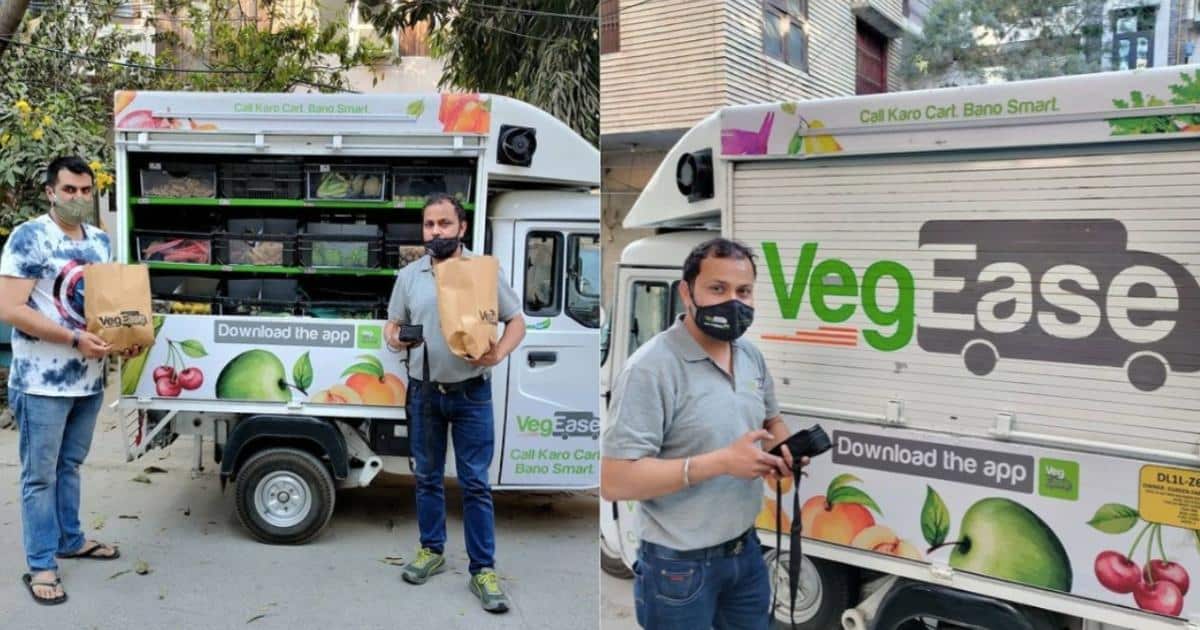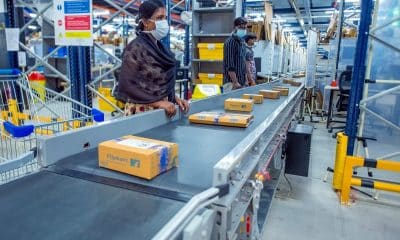The COVID-19 pandemic brought a new normal that has redefined consumer preference across all sectors, especially e-commerce. The e-commerce sector saw a drastic shift from cash on delivery trend to contactless delivery model. Similarly, the retail segment, especially the perishable goods market experienced a noticeable radical shift from traditional fruit and vegetable market to cart-at-home delivery.
As such, retail start-up VegEase introduced a user-friendly and sustainable cart-at-home model in India for fruits and veggies. The freedom to choose fresh farm produce at the consumer doorstep has received an overwhelming response in the metros.
In this regard, MyBigPlunge in an exclusive interaction with Arpit Katta, CMO & CFO, VegEase tries to decode the new model:
How has D2C in e-commerce evolved in India in the past decade?
Direct to Consumer commonly known as D2C has been prevalent for ages. This may come as a surprise to many but it is true. Over the decades D2C has transformed umpteen times. Ever since the advent of the e-commerce era, D2C can be seen as one of the first segments to go under revolution. The concept defines itself naturally. It is a process that clearly diminishes the role of middlemen, empowering the consumer to reap all benefits credibly. Direct to Consumer brands are usually online stores, but some of the D2C stores have launched a limited number of physical retail shops.
How has it revolutionized?
Beyond comprehension – the changing consumer behavior and preference pattern has been the biggest influences. Today’s consumer needs direct interaction and heart to heart experience with the brand or service. The coming of age of online retailing has played its role of a catalyst perfectly to the last letter.
Has the adoption of e-commerce been accelerated by the COVID pandemic?
Most certainly, it has yes. The entire pandemic time has seen an unprecedented boost in the e-commerce segment. Many start-ups emerged and are already on the pathway of becoming unicorns in their ecosystem. More and more tech based ideas are bearing fruit. Health and food domains are leading the way.
Is the adoption of cart-at-home here to stay or will it fizzle out once the pandemic dies away?
While the pandemic time has seen an unprecedented boost, the cart to home model is here to stay. We have witnessed the growth post the pandemic. Consumers have got a new choice and love the fact where they are at a control as to what they want to buy.
Should the e-retailers adopt more technology to reach out to more customers?
By all means. Technology has become the lifeline and an integral part of modern lifestyles. Post pandmeic everything has started revolving around e-commerce. From food to groceries, essentials like fruits and vegetables are again leading this march forward towards the new normal horizon.
Also Read: PSOs will not outsource core management functions: RBI Framework
What is the outlook for cart-at-home in the next five years?
The future is bright and glowing. In five years, VegEase will change the way people buy fruits and vegetables in Tier I & Tier II cities. Very soon a fleet of 500 electric vehicles will be making the entire nation green with natural happiness.
















Pingback: Oppo will captivate the world with its under screen camera technology.